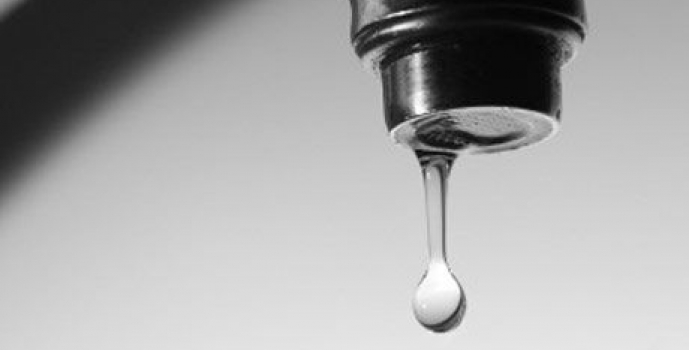

Plumbing and Freezing Weather
Fortunately, freezing weather does not happen often in Lebanon. When it does, the best way to handle any sort of water emergency in your home — including broken pipes — is to be prepared before it happens.
Taking a few minutes to familiarize yourself with the plumbing system in your home and noting the location of all shut off valves are important steps in preventing freezing weather from turning into a plumbing emergency.
OUTSIDE PLUMBING
- Cover outdoor water valves when the temperatures dip below 0 degrees. A fitted plastic or Styrofoam cover can be found at most hardware and home improvement stores, but tape and cardboard wrapped and sealed well around the spigot can be just as effective.
- Shut down your irrigation system for the season. When temperatures begin to dip, the PVC piping in most irrigation systems is vulnerable to freezing and rupture. Every year turn off the system at the main control and open each valve until the entire system drains of water. After the system is drained, close each valve and leave the system shut off until after the last freeze.
- Disconnect and drain garden hoses.
INSIDE PLUMBING
- Wrap exposed water pipe that may be in the attic, unheated basement or crawl space. This insulates the pipe against freezing, and also helps to prevent water waste by reducing the water warm-up time at the faucet.
- Invest in a water heater blanket. This can save water, and may also help reduce water and electric or gas bills. These are available at most hardware and home improvement stores.
- When the temperature is below 0 degrees, you can open cabinet doors in the kitchen and bath to expose pipes to heat.
- Drip the faucet overnight in order to prevent freezing. For single-handle faucets, drip warm (but not hot) water. For two-handle faucets, drip both the cold and hot lines. To save water, remember to shut off the faucet after the freeze threat has passed.
 Plumbing and Freezing Weather
Plumbing and Freezing Weather Choosing the Right Plumber
Choosing the Right Plumber